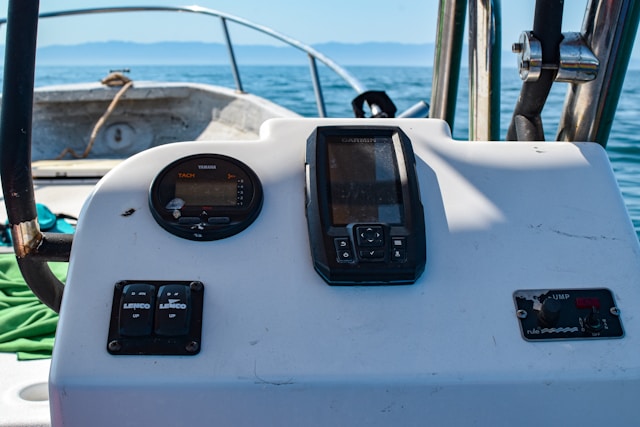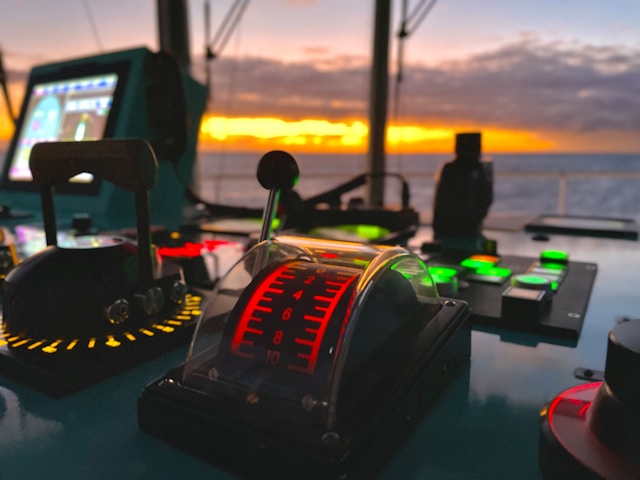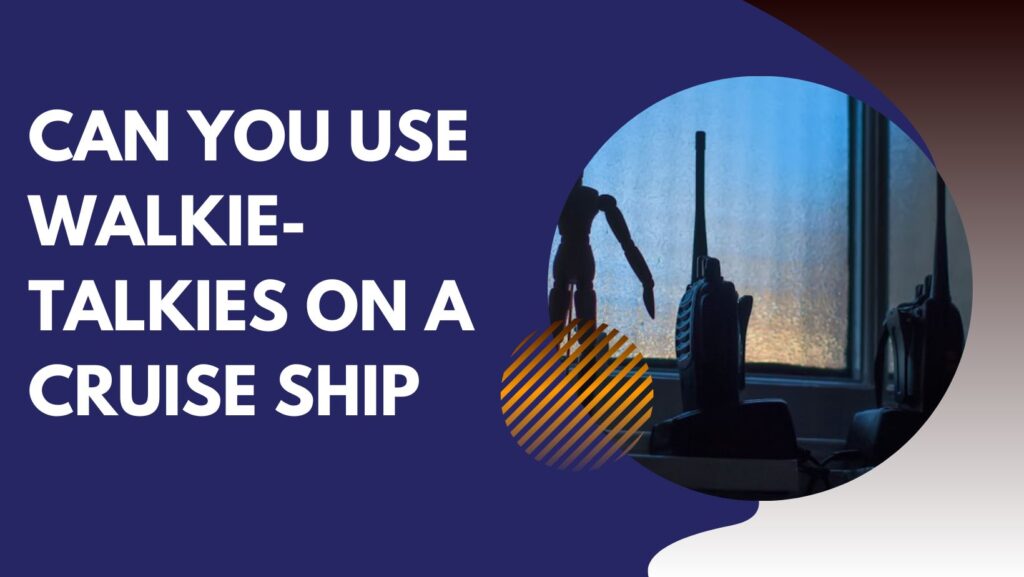Learn about Can You Use Walkie-Talkies On a Cruise Ship. Learn whether walkie-talkies work on cruise ships, their limitations, best models, and tips for reliable onboard communication for families and groups.
A cruise ship walkie-talkie is a handheld and two-way radio gadget that is used in rapid and uncomplicated communication among the passengers. It assists families, groups, and friends to remain in touch in various areas of the ships without the use of Wi-Fi or phone connections. Walkie-talkies are convenient, provide real-time communication, and free coordination on board.
Can You Use Walkie-Talkies On a Cruise Ship?
The walkie-talkies can be used in most cruise ships with varying success. Signal weakening can be a result of thick metal walls, decks, and the size of the ship. FRS walkie-talkies are normally permitted, although high-power radios can be limited. Your rules and guidelines by your cruise line must always be checked to ascertain the use and safe use of your devices on board.

Why Use Walkie-Talkies on a Cruise Ship?
Walkie-talkies also come in handy on cruise ships, whose phone communication is not reliable. They offer free and real-time communication that is not dependent on Wi-Fi or cell signal. Families that have children, high numbers, and travelers who visit more individual activities can remain readily connected between the decks, and coordinating the trip was easy and without any stress.
How Well Do Walkie-Talkies Work on a Cruise Ship?
Walkie-talkies are effective, although their use is not always equally effective. The construction of cruise ships uses a lot of steel and several different decks that may block or shield a signal.
Typical Range on a Cruise Ship
A walkie-talkie that claims a range of 20+ miles can only make it 0.5 to 1 mile indoors on the ship.
Potential Challenges
- The communication can be affected by thick metal walls.
- Channels might be congested with other passengers.
- Any type of noise is distracting in noisy places.
- Floors lower in the building are not well covered with signals.
Nevertheless, these restrictions do not prevent the use of walkie-talkies by most of the travelers who engage in daytime general communication.
Limitations of Walkie-Talkies on Cruise Ships
1. Limited Range
Cruise lines employ heavy metal constructions, which cause weakening of signals, which means that the range of the walkie-talkie becomes approximately half a mile within the board, which usually renders the performance under the supposedly advertised level.
2. Interference
Cruise environments are crowded, which creates congestion within the channels where a huge number of passengers have similar devices and are therefore interfering with each other, leading to loss of clarity and unwanted noises, as well as inconsistent communication on the ship daily.
3. Not Reliable During Emergencies
Walkie-talkies do not become reliable during an emergency since they cannot substitute the official safety systems and follow the commands of the crews due to interference, inability to reach a long distance, battery problems, and unreliable operation.
What Types of Walkie-Talkies Work on a Cruise Ship?
1. Retevis RT22 Walkie-Talkies
Retevis RT22 walkie-talkies are small, lightweight UHF radios available with excellent communication up and on cruise ships. The reason is that they are suitable in families and groups due to their long battery life, durable construction, and hands-free VOX mode.
2. Pxton Walkie-Talkies
Pxton walkie-talkies have high penetration of UHF, onboard reliability, and numerous channels with privacy codes. Rechargeable batteries and the engine of noise reduction aid them in ensuring that communication remains consistent in the whole of the large cruise ships.
3. Midland Two-Way GMRS Radio
The Midland GMRS radios have a long range and better clarity, hence are very suitable in the cruise environment. They are reliable in providing communication between the various decks because they have NOAA weather alerts, privacy codes, and durable construction.
4. Four-Colour Rechargeable Walkie-Talkie Set
It is a four colour walkie-talkie set with bright easy to easy-to-identify units which work well in the family. Group trips are easy and convenient to communicate through rechargeable batteries, easy operation, and solid signal coverage on the cruise decks.
5. The MOICO Walkie-Talkie Set
The MOICO walkie-talkie set has features of long-range communication, clear sound, and a lightweight design. They have numerous channels, privacy codes, and built-in flashlights, making them useful in effective communications on the cruise ships.

Tips for Using Walkie-Talkies on a Cruise Ship
1. Choose Less-Crowded Channels
Choose channels that are not used frequently so as to minimize the interference caused by thousands of passengers. Move out of emergency frequencies and use rare ones to communicate more clearly and without interruption.
2. Stay on the Same Deck When Possible
Walkie-talkie signals are more effective in a horizontal direction, so being on the same deck enhances better clarity and minimizes the signal blockage due to the metallic ship structures.
3. Use Clear, Short Messages
Make communications concise and comprehensible. The brevity and conciseness of messages will decrease confusion, reduce the number of static situations, and get your group instructions in a short time.
4. Carry Extra Batteries
Carry an extra or fully charged battery to avoid loss of contact. Ship days break down easily, and therefore, it is imperative that power is conserved by having backups to ensure that communication is reliable.
5. Use Vibrate Mode
Switch on the vibration option so as not to distract other people. This is particularly useful in the silent places such as the lounges, halls, cinema, or rest zone.
Cruise Line Alternatives to Walkie-Talkies
These are more reliable and need to be considered before using walkie-talkies:
1. Cruise Line Apps
Cruise line apps also enable passengers to easily interact over onboard Wi-Fi, whereby they can text, get schedules on daily activities, maps, and activity updates. Examples of such popular applications are Royal Royal App and the Hub App of Royal Caribbean and Carnival.
2. Wi-Fi Calling
Having an onboard Wi-Fi package, the guests have the ability to place stable calls and deliver messages through their smartphones, which is a more stable and convenient way to communicate than walkie-talkies on the cruise ships.
3. Message Boards and Cabin Notes
The basic technologies, such as whiteboards or sticky notes on cabin doors, are also used by families to update each other on quick matters, make appointments, and keep in touch without using technology.
FAQs
Do walkie-talkies work at ports or during excursions?
Yes, walkie-talkies can be used in ports and excursions, but it all depends on the terrain, buildings, and distance. Outdoor spaces are more reliable and communicative when it comes to groups.
What is the best range for cruise walkie-talkies?
Cruise walkie-talkies with a range of twenty to thirty miles are good, but the actual onboard range is actually 1 or 2 miles due to the attenuation of metal walls.
Can walkie-talkies interfere with the ship’s communication system?
Yep, walkie-talkies can disrupt the communication system of a ship when it operates within high-powered or illegal frequencies that might use the important maritime frequencies and ruin the vital activities.
Conclusion
A convenient method of communication used on cruise ships is the walkie-talkies, which are free of charge, but have a low range and are prone to interruptions. They are easily used by families and groups of people with the correct model and smart use, which are going to make the communication throughout the trip reliable and easy.

